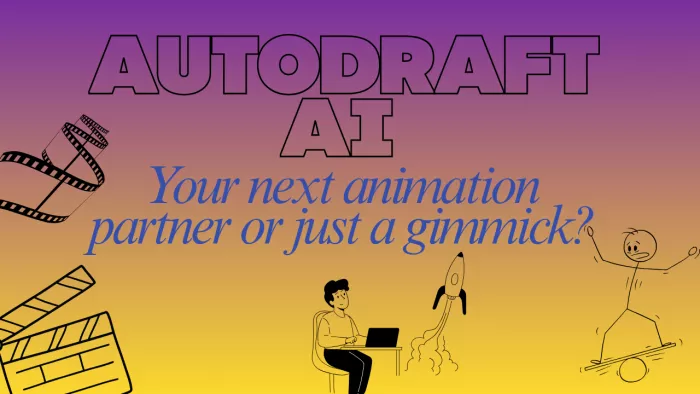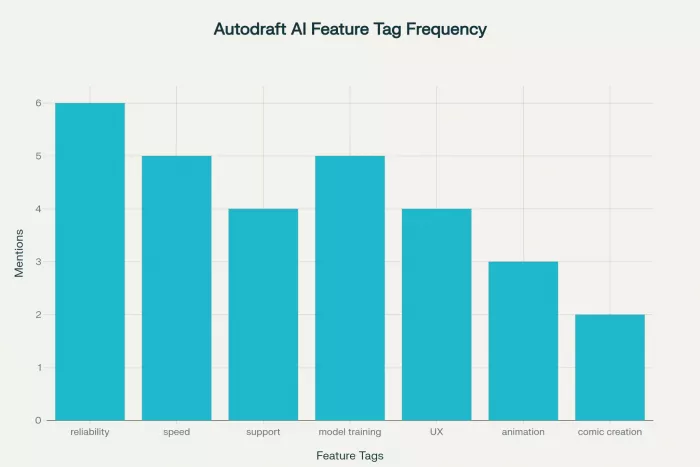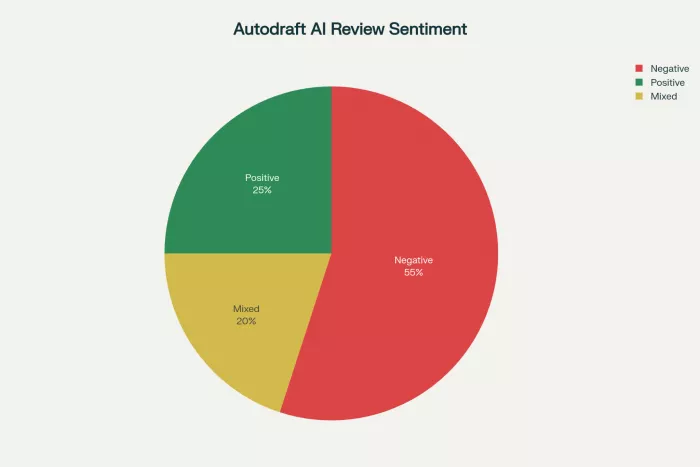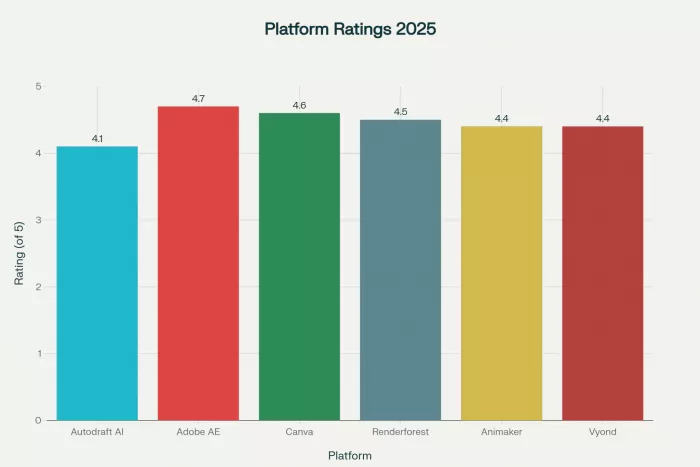
Autodraft AI: Critical Review and Industry Perspective (2025)
Autodraft AI promised a revolution for animators, educators, and content creators: effortless text-to-image and animation tools, comic and character model training, and rapid scene generation. But as the platform matured, a pattern of strengths and setbacks emerged—making Autodraft AI both a disruptive force and a cautionary tale within the generative animation niche.
Unique Value: Speed and Character Consistency
Autodraft AI's defining advantage is its custom model training toolkit, which allows creators to maintain style and character consistency across entire animations or webcomics. Solo creators and educators can achieve results that previously required dedicated art teams, drastically reducing design and animation timelines—from weeks to minutes. Automated continuity and template-driven workflows are invaluable for episodic content, branding exercises, and quick classroom prototypes.
Most Mentioned Features in Autodraft AI
Reliablity , Speed , Support , Model training , UX , Animation and comic Creation are some of the most mentioned features of autodraft ai.

User Experience: Mixed to Negative Sentiment
Yet recent user reviews paint a stark contrast: Autodraft AI received 55% negative, 25% positive, and 20% mixed feedback in 2025, reflecting frustrations with reliability, slow image generation, and vanished support channels.
Autodraft AI Review Sentiment Distribution (2025)

Customers repeatedly reported service outages, unacknowledged support requests, and a sense of product abandonment by mid-2025. While users still praised output quality and onboarding ease when functional, the platform’s operational stability declined, especially for business-critical tasks.
Comparison with Competitors
Competitors like Adobe After Effects, Renderforest, Canva, and Vyond maintained higher satisfaction rates, faster response times, and more robust support ecosystems. Adobe and Unity deliver professional versatility at a premium and learning curve, while Renderforest and Animaker offer plug-and-play convenience with easier integrations but less animation depth.

Community Sentiment and Critical Themes
✔️Strengths: Rapid character/scene generation, style continuity, beginner accessibility, especially valuable for educators and indie creators.
✔️Weaknesses: Reliability failures; unresolved support tickets; slow or failed image/output generation; perceptions of abandonment heightened in 2025.
✔️Distinct features: Comic-creator specific flows, text-to-animation pipeline, low technical barrier
Critical Outlook
Autodraft AI stands at a crossroads. The promise of AI-powered animation and comic creation is real and well-demonstrated in its toolkit and early user enthusiasm. However, its business sustainability and technical infrastructure appear strained, with reliability and support issues undermining professional adoption. For those experimenting or prototyping, Autodraft offers disruptive creative power; for those needing dependable, supported workflows, caution is warranted.
The core lesson: Automation and accessibility should not come at the cost of reliability. Without joined-up customer support and platform stability, even the smartest creative tools risk squandering their early lead—something for all emerging AI platforms to heed.


Comments